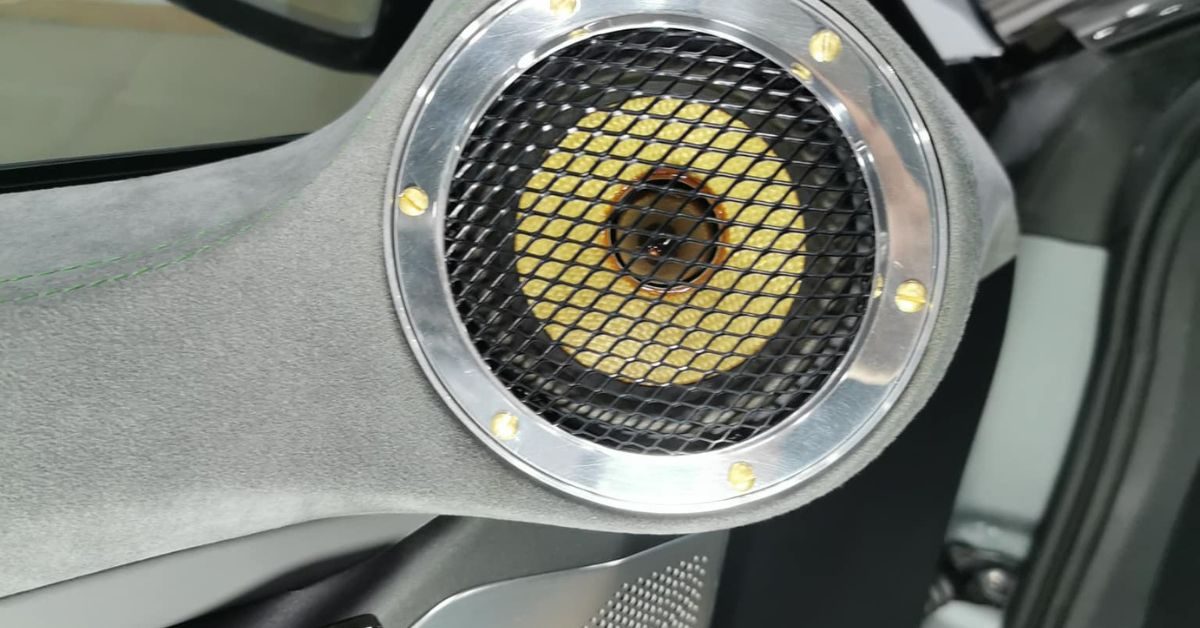When upgrading your car’s sound system, one of the most important decisions revolves around speaker wattage. Many people tend to focus heavily on wattage numbers, but are they really the key to better sound quality? Let’s dive into the role of wattage in car audio, explore why it matters, and why there are other factors just as important — or even more so.
The Role of Wattage in Car Speakers
Wattage represents the amount of power a speaker can handle from an amplifier. It is usually expressed in two forms:
- Peak/Max Power: This is the highest amount of power a speaker can handle in short bursts without getting damaged. However, it’s more of a marketing number and doesn’t reflect typical daily use. Seeing terms like “400W max” on speaker boxes is common, but it can be misleading.
- RMS Power: This is the key measurement for determining how much continuous power a speaker can handle. RMS stands for “Root Mean Square” and reflects the sustained power that your speaker can handle for long periods without distorting or causing damage.
While wattage, especially RMS, is an important factor, it is only one piece of the puzzle when considering the overall sound quality of your system. For most car sound systems, especially those without external amplifiers, wattage alone won’t ensure optimal performance.
For more insight, check out these detailed Car Hifi Einbautipps on selecting speakers.
One aspect that tends to be overlooked is speaker sensitivity (or efficiency), which is crucial for sound output in low-power environments, such as with stock radios. Sensitivity is typically measured in decibels (dB), and it tells you how efficiently a speaker converts power (wattage) into sound. The higher the sensitivity, the louder the speaker will sound with the same amount of power.
For instance, a speaker with a sensitivity rating of 90dB will be significantly louder than one rated at 85dB when powered by the same amplifier. This is why sensitivity becomes more important than wattage for users with stock or entry-level aftermarket radios, where wattage might be limited.
Why is sensitivity important? Because most factory or stock radios produce relatively low RMS power, typically between 15–25 watts per channel. A speaker with a higher sensitivity rating will perform better with less power, offering clearer, louder sound without requiring an additional amplifier. So, for many users upgrading their sound systems without adding amplifiers, high-sensitivity speakers are the key to getting better sound.
For more details on sensitivity and its importance, refer to this expert guide der Wirkungsgrad von Auto-Lautsprechern .
The Myth of Max Power
As mentioned, max power is a number often highlighted on packaging but doesn’t tell the full story of a speaker’s performance. Max power only describes the speaker’s ability to handle short bursts of power without damage. It doesn’t reflect the sound quality or loudness you’ll experience during regular use. Therefore, you should never choose a speaker based solely on its max power rating.
Instead, consider other factors like RMS power and sensitivity, which have a greater impact on the overall listening experience in real-world conditions.
Why Low RMS Can Still Mean Great Sound
If your system is running on a low-wattage source (like a factory radio), does that mean you’re stuck with poor sound? Not at all. In fact, high-efficiency speakers can make a significant difference in this scenario. As mentioned earlier, these speakers are designed to produce excellent sound even with limited power. Brands like JL Audio, Hertz, and Audison offer speakers with high sensitivity, ensuring you can upgrade your sound without requiring high-power amps.
For an efficient and simple upgrade to your system, check out auto speakers that focus on both sound quality and sensitivity.
Modern Car Radio Features: Beyond Wattage
In addition to speakers, the features in modern car radios play a significant role in sound quality. Features like time alignment and advanced equalizers allow you to fine-tune the audio experience to match the acoustics of your car interior. These features enable better sound staging and balanced audio, helping you get the most out of your speaker setup.
For example, time alignment ensures that sound from different speakers reaches your ears simultaneously, leading to a more immersive listening experience. An equalizer allows for custom adjustments to specific frequency ranges, ensuring that your favorite music sounds exactly how you like it.
To learn how these features can optimize your setup, read this guide on Android Auto einrichten for best integration.
Conclusion: Beyond Wattage
When it comes to upgrading your car’s sound system, wattage is just one factor to consider. While it’s important to match your speaker’s RMS rating with your amplifier’s output, sensitivity is just as important—if not more so—for users with stock or low-power radios. High-efficiency speakers can dramatically improve your sound quality without requiring expensive amplifiers or modifications.
Make sure to evaluate all the relevant factors when upgrading your system, and don’t fall for marketing numbers like max power. Instead, focus on sensitivity, RMS power, and modern features like equalizers and time alignment for the best sound experience.
For further tips, visit Auto Lautsprecher.eu
